
现货 英文原版 The Natural Philosophy of James Clerk Maxwell
原版正版
¥ 800 九品
仅1件
作者P. M. Harman
出版社Cambridge University Press
出版时间1980
装帧精装
页数248页
货号G
上书时间2023-07-08
- 在售商品 暂无
- 平均发货时间 41小时
- 好评率 暂无
- 店主推荐
- 最新上架
商品详情
- 品相描述:九品
- 馆藏,图书馆印章标签已全部拍照,内页干净如新,疑似未翻阅,图片实拍
- 商品描述
- This book provides an introductory yet comprehensive account of James Clerk Maxwell's (1831-79) physics and world view. The argument is structured by a focus on the fundamental themes that shaped Maxwell's science: analogy and geometry, models and mechanical explanation, statistical representation and the limitations of dynamical reasoning, and the relation between physical theory and its mathematical description. This approach, which considers his physics as a whole, bridges the disjunction between Maxwell's greatest contributions: the concept of the electromagnetic field and the kinetic theory of gases. Maxwell's work and ideas are viewed historically in terms of his indebtedness to scientific and cultural traditions, of Edinburgh experimental physics, and of Cambridge mathematics and philosophy of science, which nurtured his career. Peter M. Harman is Professor of the History of Science at Lancaster University. He has published primarily on the history of physics and natural philosophy in the 18th and 19th centuries, the period from Newton to Maxwell. His previous books include Energy, Force, and Matter (Cambridge, 1982), The Investigation of Difficult Things (Cambridge, 1992), After Newton: Essays on Natural Philosophy (Variorum, 1993), The Scientific Letters and Papers of James Clerk Maxwell, volume 1 (Cambridge, 1990), volume 2 (Cambridge, 1995).
相关推荐
-

THE NEW N英文原版
八五品上海
¥ 240.00
-

The Alaska Solution(英文原版现货。)
九五品上海
¥ 450.00
-
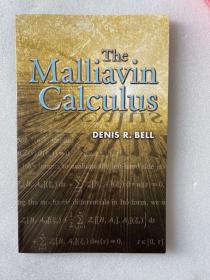
现货 英文原版 The Malliavin Calculus
九五品北京
¥ 300.00
-

现货 英文原版 The English Language
九品北京
¥ 400.00
-

现货 Interrogating The Real 英文原版
九五品北京
¥ 430.00
-

现货 The Summer Garden 英文原版
九五品北京
¥ 430.00
-

The Intelligent Investor 英文原版现货
九品广州
¥ 199.00
-

英文原版现货BEYOND THE DOOR
八品上海
¥ 469.90
-

英文原版现货The Secret Garden
七品上海
¥ 319.60
-

The English Patient 英文原版现货
九品广州
¥ 75.00
— 没有更多了 —












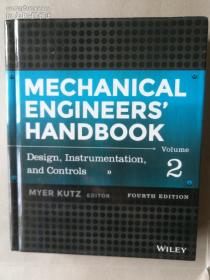

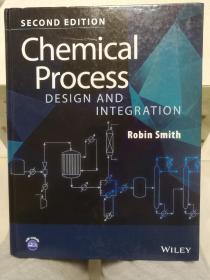
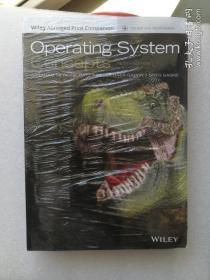
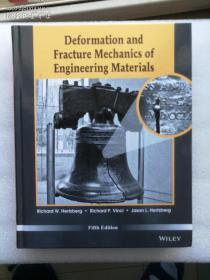


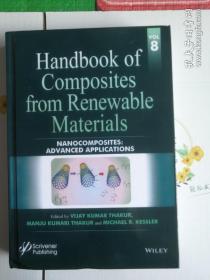










以下为对购买帮助不大的评价